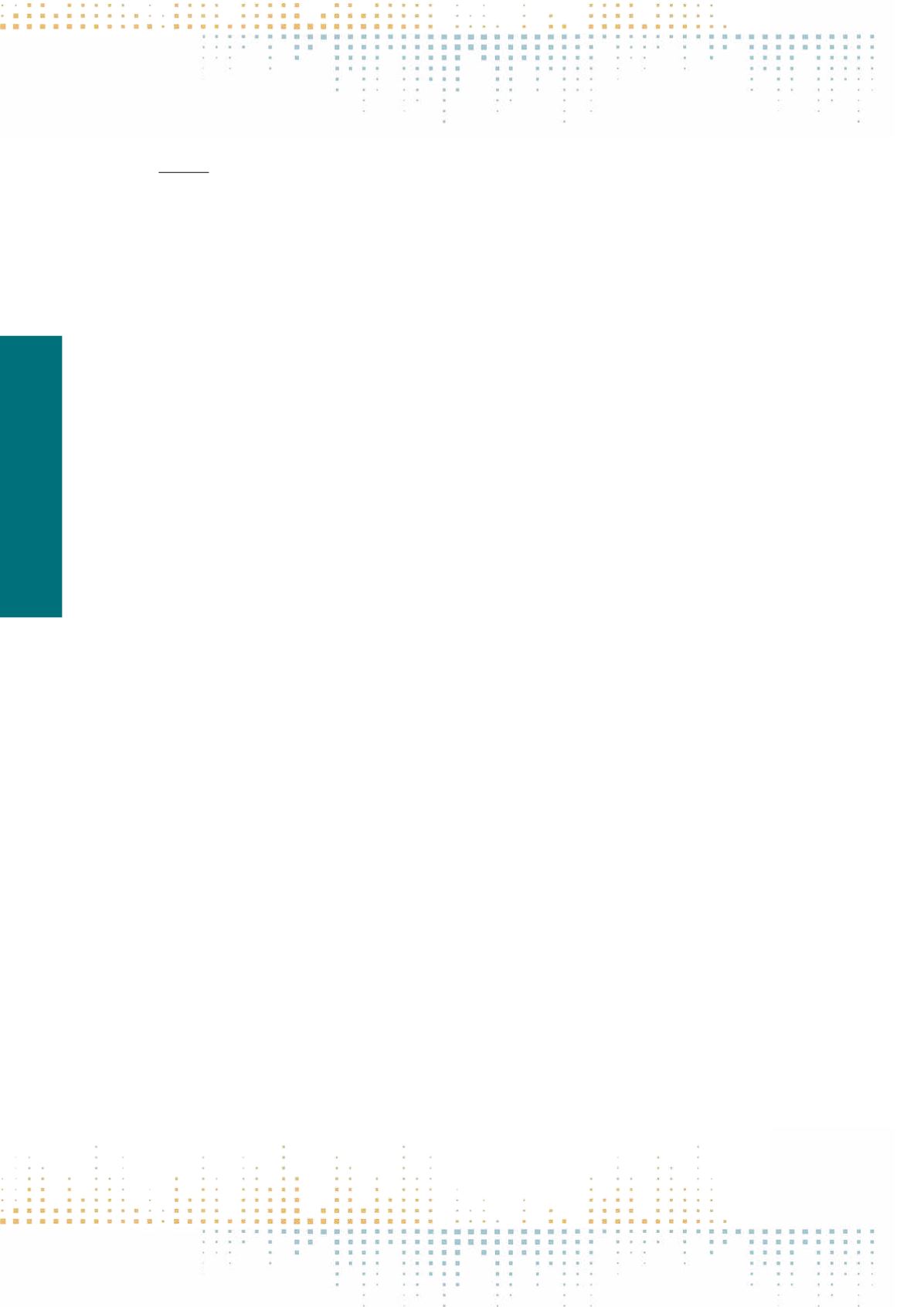

116
Friday, November 11
1 6 : 0 0 – 1 7 : 3 0
PP 384
Television in Ireland Before Irish Television: National Rhetorics and International Programming
E. Brennan
1
1
Dublin Institute of Technology, School of Media, Dublin, Ireland
People in Ireland, albeit in small numbers, first watched television in the 1950s. The initial programmes on offer were predominantly British. The history
of these early audiences, however, has been overlooked. Reflecting an international tendency towards institutions rather than audiences, a dominant nar‑
rative has addressed the history of television in Ireland as the history of the public service broadcaster Radio Telefís Éireann (RTÉ). Thus, the history of Irish
television often begins in 1961 with RTÉ's launch, overlooking Irish audience experiences from the preceding decade. This paper breaks with traditional
historiography by employing life history interviews to explore the uses, rituals and feelings attached to television in the years before RTÉ. Irish people who
watched television in the 1950s are often passed off in literature as ’enthusiasts’. However, connotations of an inconsequential private hobby are misleading.
As early as 1953 there were public controversies surrounding the broadcast of the Coronation of Elizabeth II. By May 1954, Irish newspapers were publishing
British television listings. In 1955 there were an estimated 4,000 television sets in Ireland. 1958 saw an estimated 20,000 television sets in the country.
Nevertheless the experience of television at this time has gone unexplored. This limitation in historical accounts stems, in part, from sourcing. There has
been a heavy reliance on sources ‘from above’, archives and official documents, and ‘from the side’, memoirs, press coverage and so. British programmes
were inside many Irish homes but lay outside the game of Irish politics. As such they left few traces in parliamentary debates, national archives, newspaper
reports and so on. A dependence on official sources has amplified certain ideas about television in Ireland while silencing others. To date there has been
little use of sources from ‘below’. A focus on the institutional has encouraged media historians to ignore audiences. Mindful of the limitations of memory
work and oral history as a method this work triangulates with sources ‘from above’and ‘from the side’. Upsetting the dominant Irish institutional narrative,
many Irish people's earliest memories of television are attached to international rather than Irish programmes. This is to be expected since television has
always been a transnational media phenomenon. Nevertheless, across the world, media historians have insisted on recalling it within national boundaries
and though the lens of national institutions.



















